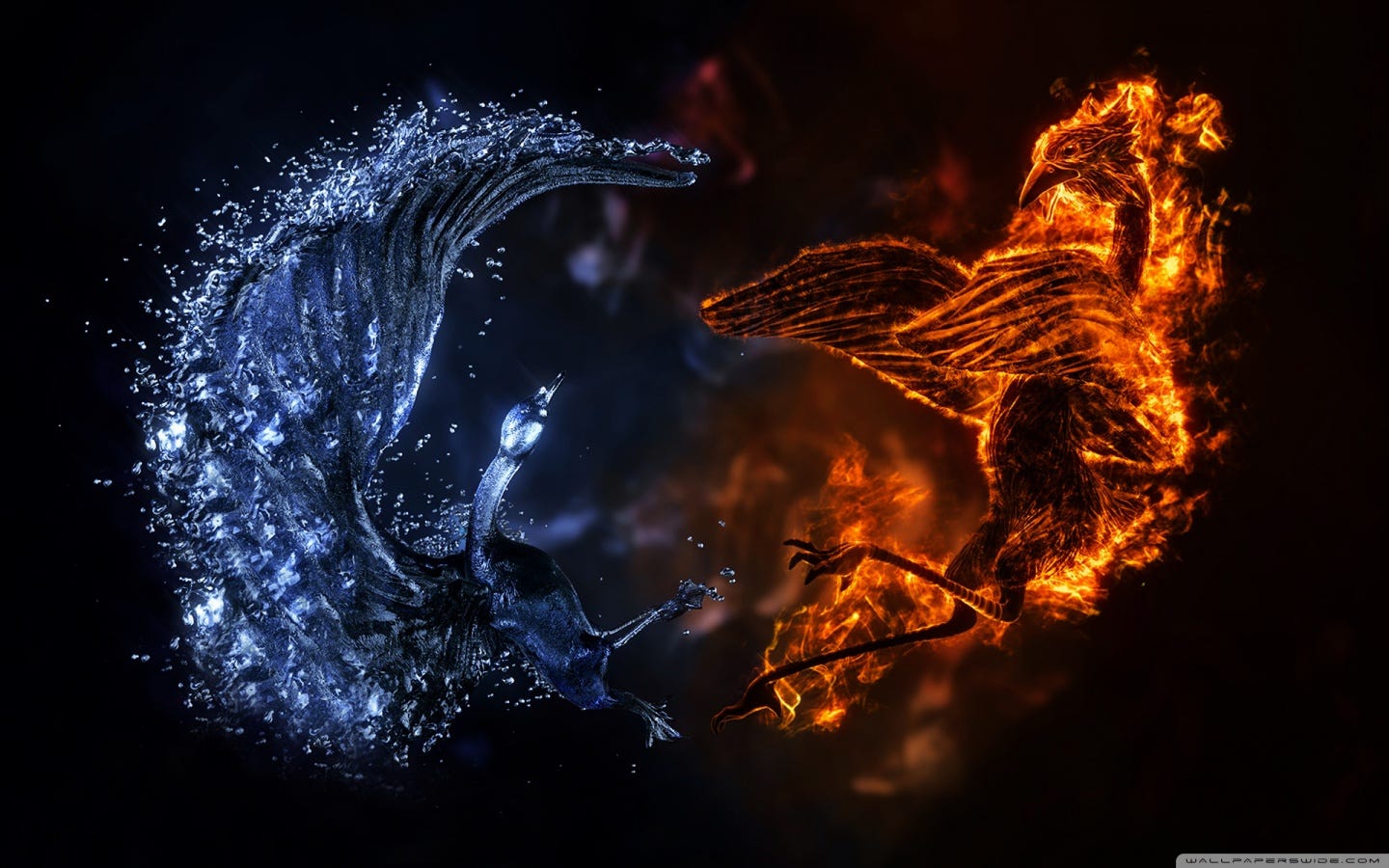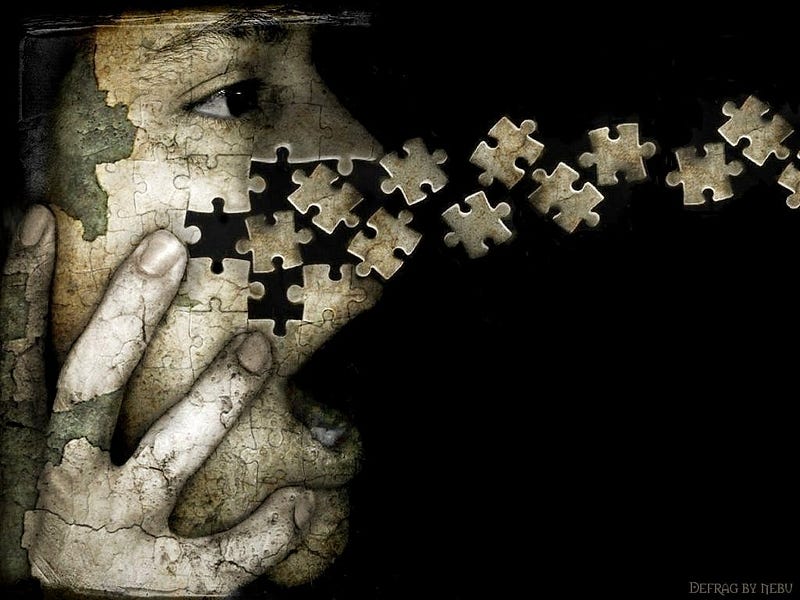
A group of blind men heard that a strange animal, called an elephant, had been brought to the town. None of them knew of its shape and form. Out of curiosity, they said: “We must inspect and know it by touch, of which we are capable”. So, they sought it out, and when they found it they groped about it.
The first of them, whose hand landed on the trunk, said: “This being is like a thick snake”. For another one whose hand reached its ear, it seemed like a kind of fan. The next, whose hand was touching the leg, said, the elephant is a pillar like a tree-trunk. The blind man who placed his hand upon its side said, “elephant is a wall”. The man who felt its tail described it as a rope. The last felt its tusk, and said that the elephant is that which is hard, smooth, and like a spear. None of them could agree. While each one of their subjective experiences was true, it was not the totality of truth. In life, as in business, there are times we need to focus attention and there are times we need to understand the big picture.
This Thursday thought explores the idea that the business world has become narrowly focussed on narrow procedures at the expense of the big picture. This narrow focus impacts those working in those businesses because they work on micro tasks often oblivious to the greater purpose, worse still there is often no greater purpose defined, even by leadership. When we work in this state (both as employer and employee) we become mechanical in nature, treating others in a mechanistic way, slaves to the balance sheet and shareholder returns. This narrow mindset extends further into a society where we treat each other in this way, as everyone for themselves.
Bird Brains

Our guest on the Innovation show this week is Iain McGilchrist, the author of the fantastic “The Master and his Emissary”. Iain inspired this Thursday Thought. He tells us a bird needs to focus on a grain of corn, in order to pick it out from pieces of grit on which it lies. At the same time there is a need for open attention, as wide as possible, to guard against a possible predator or spot an opportunity. The bird solves this conundrum by employing different strategies with either eye: the right eye (controlled by the left hemisphere of the brain) for narrow focus and feeding, the left eye (controlled by the right hemisphere of the brain) for awareness of the wider environment. Iain McGilchrist posits that the brain is asymmetric precisely for these reasons, for dual-attention, in essence for our survival this asymmetry pays.

Let’s take this idea into the workplace. Imagine the organisation is like the bird. All organisations start off with an idea, a concept from a founder or entrepreneur. This idea comes from the right hemisphere, it is fuzzy vision and it lacks process; it lacks structure and it lacks order. However, this idea originates from scanning the big picture, observing the business environment for opportunities and for threats. The idea considers forces of business disruption and consumer trends. The idea is often hard to articulate because it comes from the right hemisphere, while the left hemisphere is where the language centres of the brain sit. This is often why it is difficult to articulate an unprecedented idea, the right hemisphere can feel it is valid, but the left hemisphere cannot grasp it. The left hemisphere wants to understand it, so it can pigeonhole it and categorise it based on previous experience. Like the bird focussing on a grain amidst grit, this is what the left hemisphere does brilliantly. When it cannot grasp the concept, it often rejects it or tries to force it into a previously categorised idea. When this happens in an organisation it spells the death of many great concepts, which have unrealistic timelines and return on investment forced upon them.
When an idea is “passed” from the right hemisphere to the left hemisphere, it is akin to processing a brainstorm session from post-it notes to an excel sheet. This duality of functions is very useful, we need to left brain to bring some discipline to the creativity, to express it in language. How many talented people do you know, who lack the discipline to do anything with their talents?
While we might agree that the left has a vital role to play in business and in life, to excel at a narrow focus, this mode of thinking can become problematic if it becomes the dominant mode. As many readers of this article will recognise this left-mode, narrow-focused, closed-minded view of the world is pervasive. It is acting like the “Master” of the brain (in Iain McGilchrist’s terms), while it should only be the “Emissary” (sent to do the master’s bidding). To engage employees fully, they need to understand the big picture, the right hemisphere view of why they are doing what they do. However, many workers perform micro tasks in a left-hemisphere mode. When this is the case, they will remain disengaged and disenchanted. Therefore, there is an emphasis in the business world on storytelling, purpose and vision. So there is an emphasis on sharing the company “big picture” with all stakeholders, it puts their narrow-focussed tasks into action. They understand where their piece of the jigsaw fits.

Celebrated former CEO of GE, Jack Welch once said, “If the rate of change on the outside exceeds the rate of change on the inside, the end is near.” Welch highlights that we must always be vigilant of the movement that is omnipresent outside of our businesses, because we have the tendency to become too inward focussed. Recall for a moment the bird’s dual mode of scanning the environment for threats and opportunities with the right hemisphere and excelling at narrow-focus with the left hemisphere. To be a sustainable business in an environment of rapid change, business leaders must be like the bird. They must narrowly focus on execution, on productivity and on the business as it is today. Simultaneously, they must scan the ever-changing environment for threats and for opportunities. Two modes, one brain, asymmetry pays.
Episode 184 of the Innovation Show is with Iain McGilchrist, the author of The Master and His Emissary: The Divided Brain and the Making of the Western World.
This mind-expanding episode touches on a pioneering account that sets out to understand the structure of the human brain — the place where mind meets matter. Until recently, the left hemisphere of our brain has been seen as the ‘rational’ side, the superior partner to the right. But is this distinction true?
Have a Listen:
- Web http://bit.ly/2FwsOJw
- Soundcloud https://lnkd.in/gBbTTuF
- Spotify http://spoti.fi/2rXnAF4
- iTunes https://apple.co/2gFvFbO
- Tunein http://bit.ly/2rRwDad
- iHeart http://bit.ly/2E4fhfl
Iain’s website: https://lnkd.in/dzNNnJR
The RSA animation Iain refers to on YouTube: https://lnkd.in/dBn9p8z
Jordan Peterson and Iain having a chat: https://lnkd.in/dxNJT_y